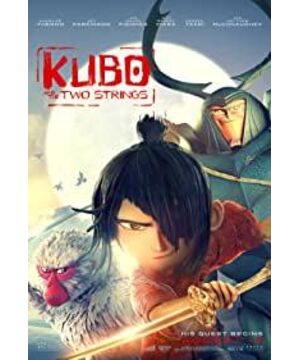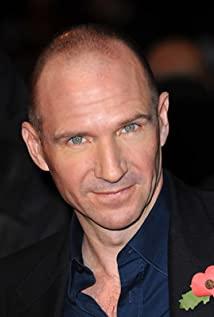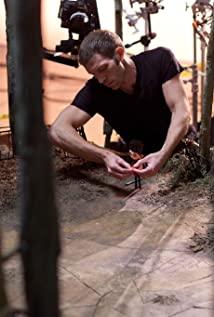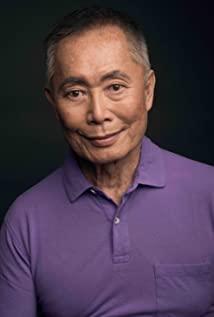In Eastern culture, the concept of family is the most important thing. In order to protect the next generation, it can be said that the elders have tried their best, even exhausted their efforts.
In the film, we can start with two precious magical items left by his mother to Kubo. One is the monkey-shaped netsuke (netsuke). Nesuke, 2 to 5 cm long, is used to hang ornaments on the kimono belt. This woodcut monkey turned into a Japanese snow monkey during the last fight between his mother and the Moon God, and has been protecting him during Kubo's journey.
The second is the two-stringed harp, which is based on the traditional Japanese string shamisen, which is the main accompaniment instrument of Kabuki. It became popular in the 17th century, reflecting the strong atmosphere of Edo. Luna, mother and Kubo all play this piano in the film. My mother fled the indifferent and cruel native family because she saw the love in the world, but she has been using this handy weapon all the time.
Kubo's slightly chronological kimono was left by his father, and the beetle pattern on the back is the symbol of his father and his samurai. This kimono borrows styles from the Heian and Nara eras in Japan. The royal nobles of that era would choose fine silk or embossed brocade to make kimonos. And this became the source of inspiration for this outfit on Kubo. Although the clothes do not have strong magic power, we can feel the samurai spirit left by the father's line in it.
Whether it is clothing or the three treasures of helmets, armors, and swords, we can intuitively feel that what father wants to leave to Kubo is not only the objects, but also the will and belief that can be inherited.
In addition to family heritage, the cultural heritage of neighboring countries is also unusual. The kimono worn by the mother in the play is an ancient dress that is completely different from the western style. The hem is very long, the decoration is rich, and the fabrics used are very particular. Because the swing after wearing the kimono has its own special dynamics, for example, the sleeves have a certain weight, so they move slowly. The production team specially asked people to wear kimonos to collect their movements.
The kimono worn by the mother is luxurious, and the difference in dress between the nobles and the common people also reflects the strict class system.
After reading the reference materials of the production team, I couldn't help but sigh that the spread of Japanese Ukiyo-e can be said to have left a huge fortune to mankind. Let us know about the scenery, people, clothes, life, etc. in history. With regard to the setting of the characters in the scene, let us explore which ones are familiar works that have also appeared in Ukiyo-e.
At the beginning of the movie, there is the introduction of a huge wave like "Kanagawa Surfing" from the familiar print artist Katsushika Hokusai's "Thirty-Six Views of Mount Fuji".
Isn’t the biggest skeleton monster in the story very similar to the image in the printmaker Kuniyoshi Utagawa’s "Old Soma Castle"?
The director Travis Knight also said in the interview that the master printmaker Kiyoshi Sato has the greatest influence on the artistic creation of "Legend of Magic Strings". Most of his paintings are known for architecture, and all houses can withstand life.
In addition to the ubiquitous use of these elements in the feature film, we can also see various sceneries with a strong sense of Ukiyo-e at the end of the film.
Nearly 400 employees of Lycra Studios, according to the law of releasing a movie every two to three years, spent 60 million US dollars to create "Legend of Magic Strings", generated approximately 100 million US dollars in box office revenue in the United States, and won the best animation including the Oscars Nominated for various awards including the film. Going behind the scenes, you can discover where the Lycra team's high production costs are spent!
"Legend of Magic Strings" has more than 70 separate scenes, some complex surface effects and many high-speed physical actions. The Lycra studio is up to 15 feet long and is divided into individual and sultry small rooms by a black curtain that hangs from the ceiling to the floor.
"In the middle of the dilapidated warehouse, it is a challenge for us to make such a small-scale film photographed on an exquisite setting and make it look like a large-scale epic dream work with infinitely magnificent landscapes."
"Every animator is a challenge. There are three sets to be prepared-one is in the process of animation shooting, one is ready to wait for the next scene, and the other is preparing.” 27 animators are working in their own scenes at the same time, and everyone is working hard to achieve each Work hard to complete the company's goal of 4.3 seconds of animation every week.
There are two boats as big as canoes in Leica's studio, with a lot of details. A small deck connected by masts, crumpled sails, small boat oars on the side, and miniature replica stairs. Each boat has dazzling orange, yellow, and red dots, which are actually fine leaf stickers. This is the scene in the movie where Kubo fights in the violent storm and surging waves of falling autumn leaves.
"Even if there is an easier way, we still challenge ourselves in the most time-consuming way with many details." This is the universally recognized value of stop motion animators.
View more about Kubo and the Two Strings reviews











